Some recipe writers will spell out the units of measure in their recipe, others may use abbreviations. Here's a rundown of the commonly used baking abbreviations you need to know to tackle most recipes!
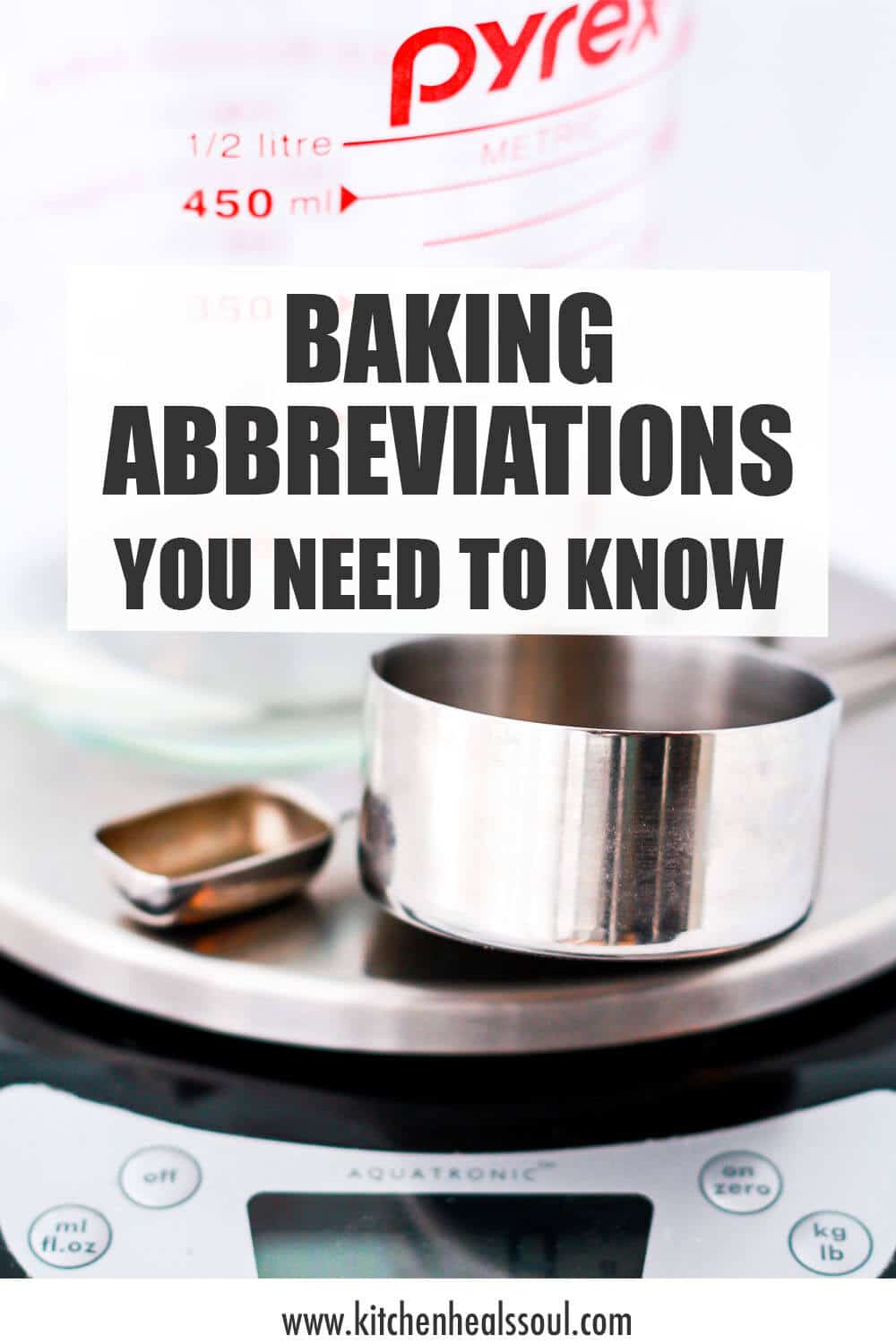
Abbreviations are commonly used in recipes on the internet and in cookbooks, which can be confusing if you aren't familiar with them.
Consult this list if you run into an abbreviation you aren't familiar with and bookmark it for later when you need it most! And remember that, when in doubt, you can also find a list of baking vocabulary and French baking terms if you aren't sure about some of the terminology!
Volumes
- teaspoon is abbreviated to tsp, sometimes simply as t
- tablespoon is abbreviated to tbsp, sometimes simply as T
- cup is sometimes abbreviated as C or c., but I think this is less common than the others on the list
- millilitre is abbreviated to mL or ml (most in the scientific community use a capital L to avoid confusion between the letter l and the number 1)
- litre is abbreviated to L (most in the scientific community use a capital L to avoid confusion between the letter l and the number 1)
- fluid ounces are abbreviated to fl oz
- pint is abbreviated as pt
- quart is abbreviated as qt
- gallon is abbreviated as gal
Weights
- ounces are abbreviated to oz
- grams are abbreviated to g
- kilograms are abbreviated to kg
- pounds are abbreviated to lb
Lengths
Europeans follow the metric system, where lengths and distances are expressed according to the metre, whereas North Americans tend to measure distances according to inches and feet:
- inches are abbreviated as in or as "
- centimetres are abbreviated as cm
- millimetres are abbreviated as mm
Temperatures
Europeans tend to favour expressing oven temperatures as degrees Celsius, while North Americans favour degrees Fahrenheit:
- degrees can be written with the symbol º
- Fahrenheit is abbreviated F
- Celsius is abbreviated C
Time
Time is also abbreviated in many recipes
- minutes are abbreviated as min
- hours are abbreviated as h
Other abbreviations you might need
If you bake sourdough, you might want to know that sometimes sourdough is abbreviated "SD" and that "DO" is the abbreviation for the Dutch oven that home bakers use to bake sourdough breads.
Now that you are familiar with the commonly abbreviations used in baking recipes and cookbooks, you can also consult the baking conversions chart if you ever need to convert recipes from volumes to weights, or vice versa!

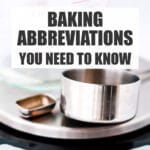
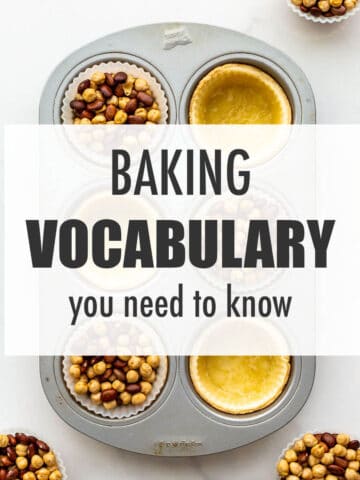
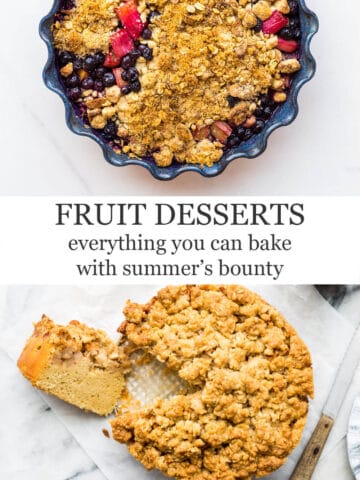

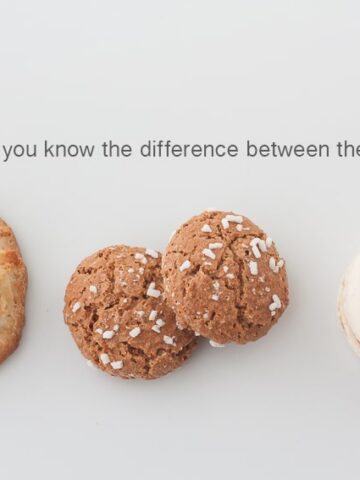
Pete says
It would be unusual here in Europe to see millilitres written with a capital L. It’s pretty much universally written ‘ml’. 👍
Janice says
Thanks for your comment! I will modify the text to reflect that! In Canada, all our packaging uses a capital L for litres and mL for millilitres. From a science perspective, the international conventions for litre is the capital L and also l. Most scientists adopted the capital L to avoid any confusion between l and 1. It used to be that millilitres were abbreviated with a little m and a little l but the l was cursive font to avoid any confusion with the number 1. All that to say that the little l is still widely used, even though the scientific community made a push for the capital L.